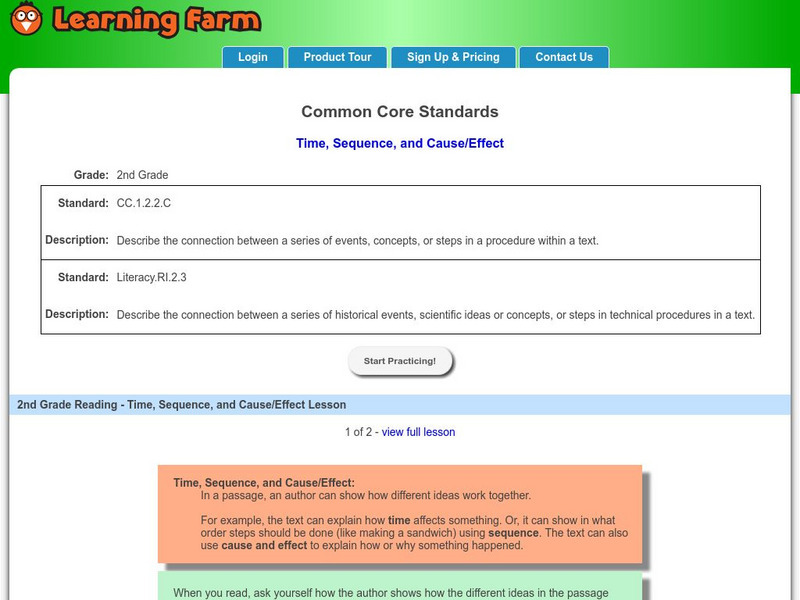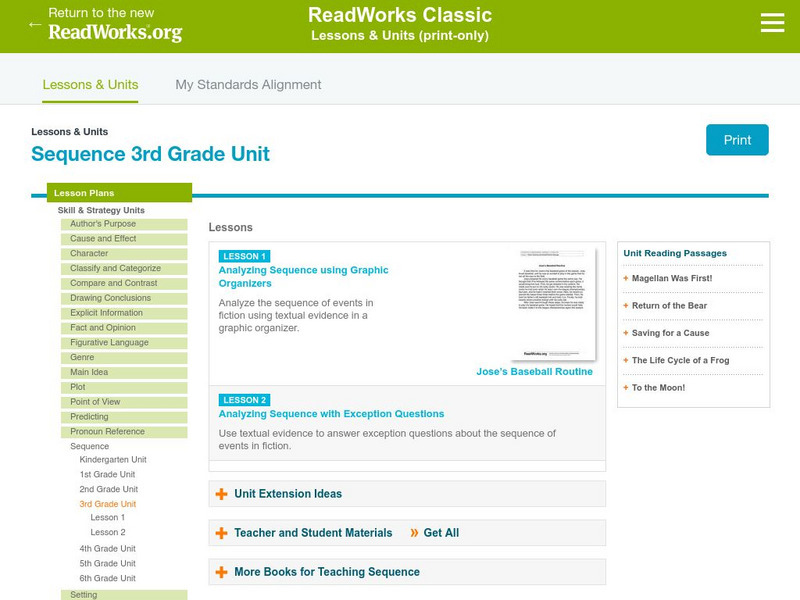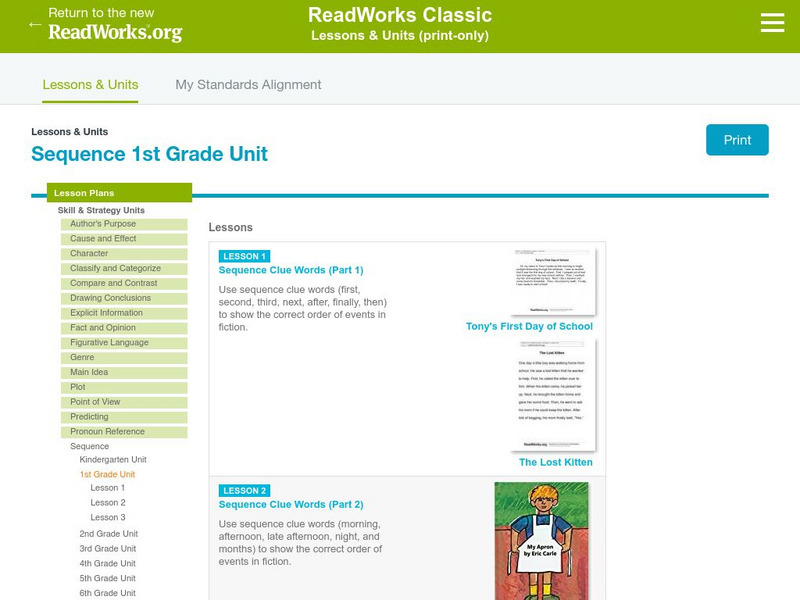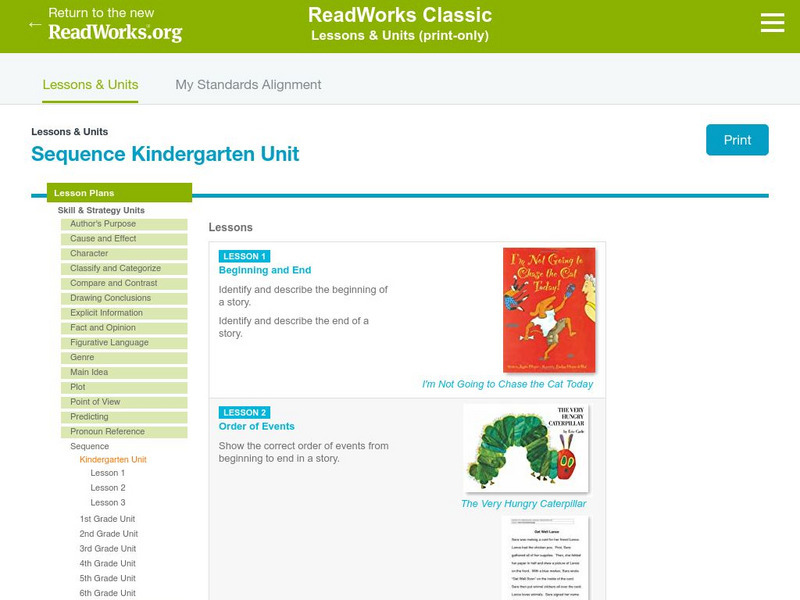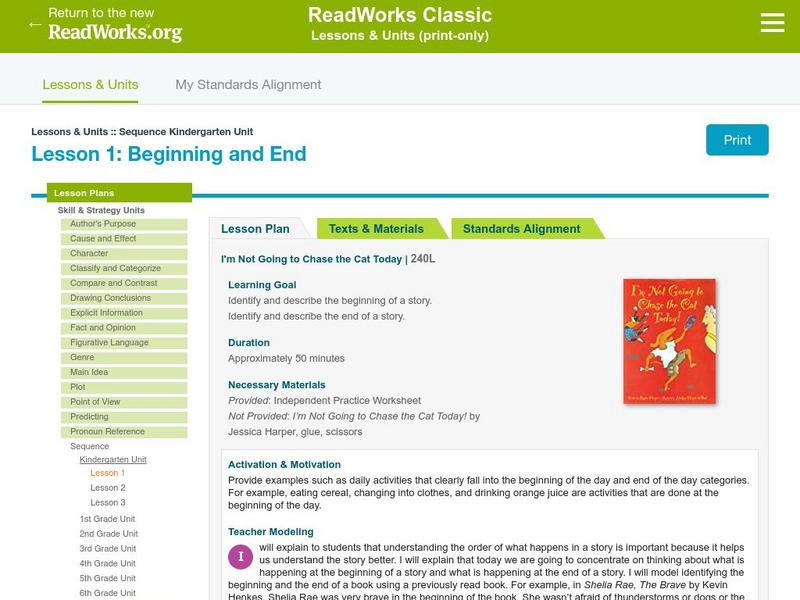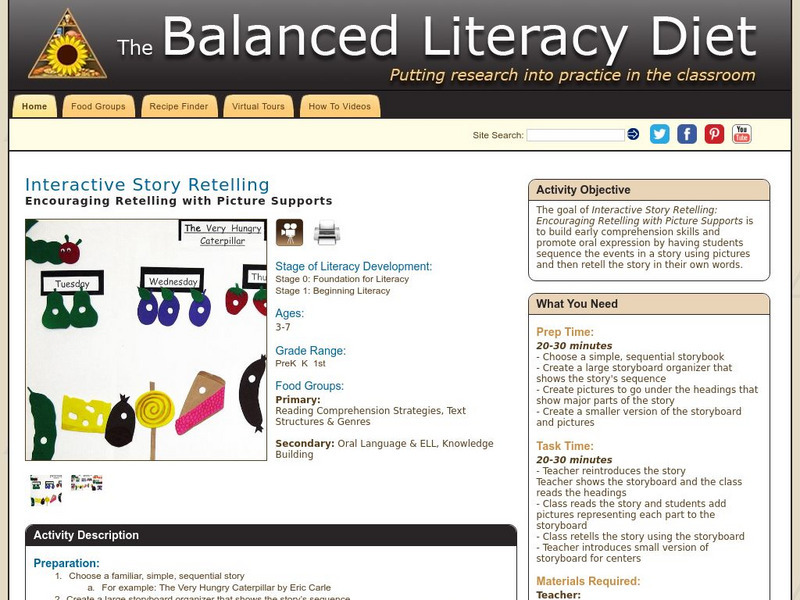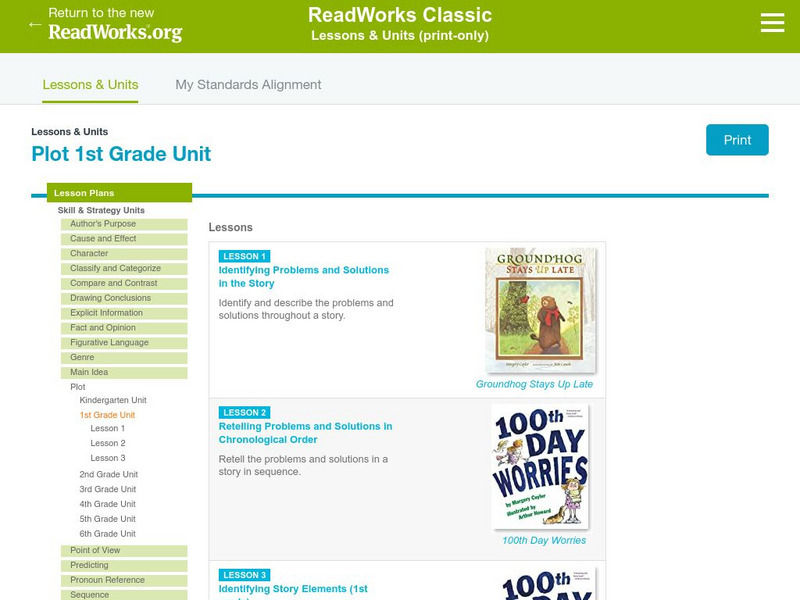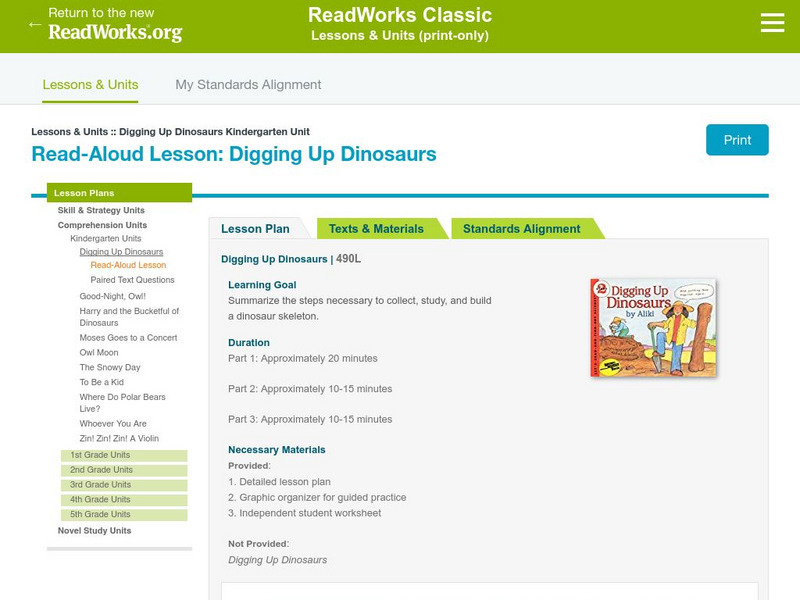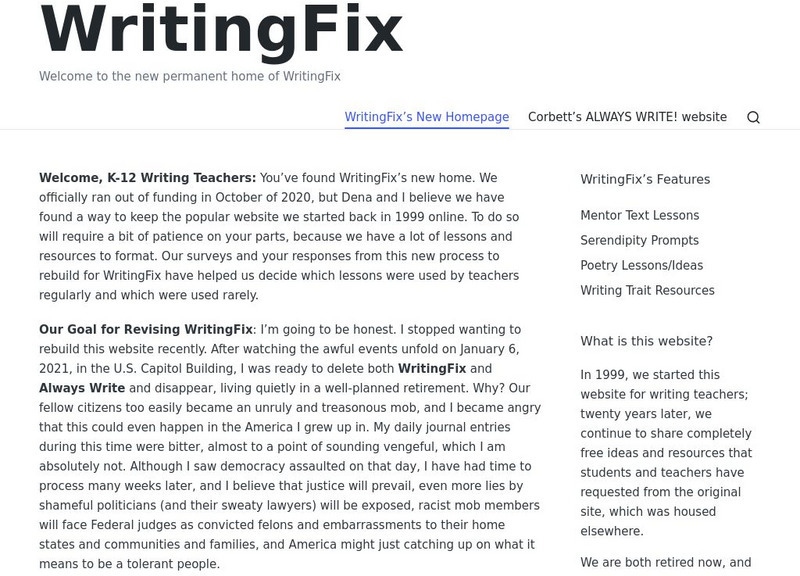Curated OER
County Chronicles
Young scholars review and use the information from previous lessons about their county. In groups, they write articles for various sections of a class newspaper. They review and edit each others work and publish their newspaper using a...
Curated OER
Wappo Indians of Napa County
Third graders describe the American Indian nation in their local region long ago and in the recent past in terms of national identities, religious beliefs, customs, and various folklore traditions. They synthesize their findings into a...
Curated OER
Cultural Inquiry Lesson 2B: Finding Artifacts and Analysis
Students build on their knowledge of sources, by looking at 2 types of information sources: artifacts or primary sources and analysis or secondary sources. They brainstorm a list of primary and secondary sources connected to one of...
Curated OER
GeoSleuth Schoolyard
Students discover that geology is something that is all around them. In groups, they participate in an activity in which they collect evidence and make observations. They solve a "murder mystery" in examining the history of a landscape.
Curated OER
From Polliwog to Frog
Learners examine how frogs change. In this life cycle lesson, students create a model to show how a frog changes throughout its life. Learners will show the process of frog metamorphosis, from polliwog to adult frog.
Learning Farm
Learning Farm: Ccs: Time, Sequence, and Cause/effect
An automated lesson will engage student's learning how to describe the connection between a series of historical events, scientific ideas or concepts, or steps in technical procedures in a text. An introduction to the concept precedes a...
Read Works
Read Works: Sequence 3rd Grade Unit
[Free Registration/Login Required] This website provides a series of two lesson plans designed to teach students to create a graphic organizer showing the sequence of events in a fiction text. The lessons include ideas for direct...
Read Works
Read Works: Sequence 1st Grade Unit
[Free Registration/Login Required] This site provides a series of three lesson plans designed to teach students to recognize and use word clues to put story events into the correct sequence and retell the story accordingly. Lessons are...
Read Works
Read Works: Sequence 2nd Grade Unit: Flashback Sequence
[Free Registration/Login Required] This lesson plan helps young scholars identify the sequence of events in a story with flashback. The lesson includes ideas for direct teaching, guided practice, and independent practice and utilizes the...
Read Works
Read Works: Grade 2: Three Lesson Unit: Sequence
[Free Registration/Login Required] A series of three lesson plans designed to teach students to retell and summarize a fiction story told in chronological order and a story told with flashback. Lessons are based on the books First Day...
Read Works
Read Works: Sequence Kindergarten Unit
[Free Registration/Login Required] A series of three lesson plans designed to teach students to recognize the beginning and ending of a story and use word clues to put story events into the correct sequence. Lessons are based on the...
Read Works
Read Works: Sequence Kindergarten Unit: Beginning and End
[Free Registration/Login Required] This webiste provides a instructional activity in which learners identify and describe the beginning and end of a fiction story. Lesson includes ideas for direct teaching, guided practice, and...
Better Lesson
Better Lesson: Plant Life Cycle Introduction
Sequencing is an important skill for kindergarten students. This activity uses nonfiction texts to allow students to make a real-life connection to the skill of sequencing and learn about the plant cycle at the same time! Included are...
The Balanced Literacy Diet
The Balanced Literacy Diet: Interactive Story Retelling
The goal of Interactive Story Retelling: Encouraging Retelling with Picture Supports is to build early comprehension skills and promote oral expression by having young scholars sequence the events in a story using pictures and then...
Other
Abrams Books: Picture Day Perfection: A Common Core State Standards Aligned
This activity and discussion guide uses the book "Picture Day Perfect" to teach multiple common core state standards for language arts. Included in this lesson are discussion questions, a craft project, printable worksheets, and an...
Science Education Resource Center at Carleton College
Serc: Mn Step: Relative Dating Using "The Block"
This lesson involves an innovative strategy for introducing the concept of relative dating using a block of wood that has been painted, damaged, and nailed. The task for learners is to analyze the order in which these events happened and...
Read Works
Read Works: Plot 1st Grade Unit
[Free Registration/Login Required] A series of three lesson plans designed to teach students to identify problems and solutions in fiction text and to retell a story's problem and solution in sequence. Students learn to identify the plot...
Better Lesson
Better Lesson: Procedural Text: Recipe
A teacher created lesson plan to help students conquer how to make connections between directions in an effort to create something. This activity will have students sharing recipes and understanding why recipes should be followed in...
Read Works
Read Works: Read Aloud Lesson: Digging Up Dinosaurs
[Free Registration/Login Required] Teachers will read "Digging Up Dinosaurs" using the close reading technique. Young scholars will use graphic organizers to summarize the steps necessary to collect, study, and build a dinosaur skeleton.
Writing Fix
Writing Fix:"oh, That's Good!" "No, That's Bad!"
How can something that is good, be bad and something that is bad, be good? Inspired by the pattern and concept in Margery Cuyler's picture book That's Good! That's Bad!, students will brainstorm a sequence of related events as the story...





